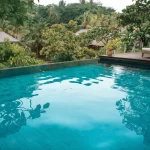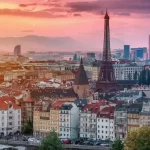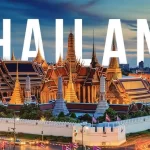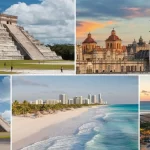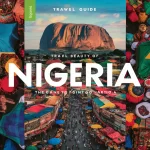Nestled in the Eastern Himalayas, Bhutan tourism continues to captivate travelers with its blend of spiritual depth and natural beauty. Known for its commitment to “High Value, Low Impact” tourism, Bhutan offers an experience unlike any other. From cliffside monasteries to pristine valleys, 2025 is the perfect time to explore the kingdom’s tranquil charm and immerse yourself in its rich cultural heritage.
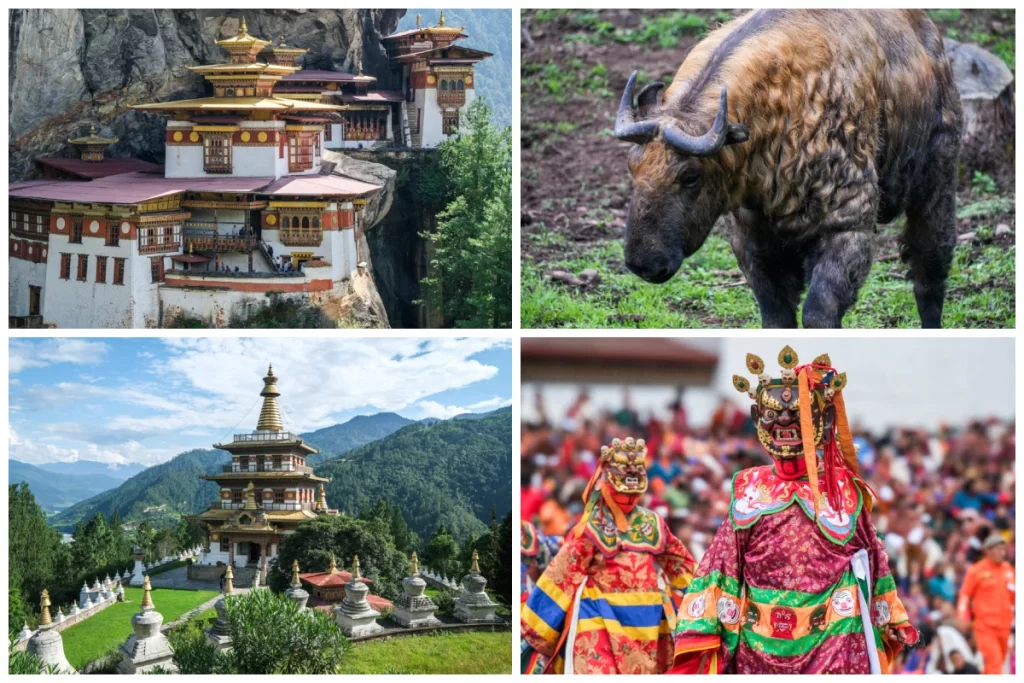
Content
1. Paro Taktsang (Tiger’s Nest Monastery)
Arguably the most iconic site in Bhutan, Paro Taktsang, or the Tiger’s Nest Monastery, is perched on a cliff 900 meters above the Paro Valley. Legend says Guru Padmasambhava meditated here after flying in on a tigress. The trek up is challenging yet rewarding, with views that symbolize Bhutan’s spiritual and natural grandeur.
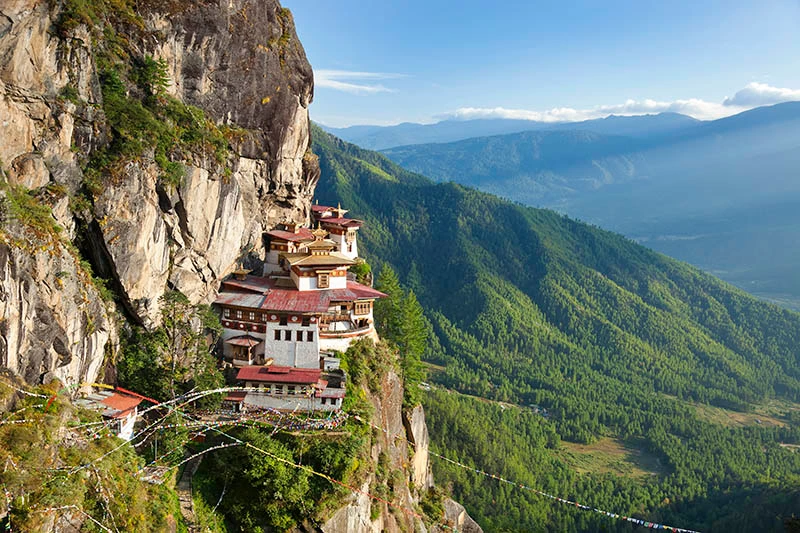
2. Thimphu – The Heart of Bhutan
As Bhutan’s capital, Thimphu offers a glimpse into the country’s modern identity while retaining deep-rooted traditions. Visit the majestic Dzong, explore local craft markets, and marvel at the 169-foot-tall Buddha Dordenma statue. Bhutan tourism thrives in Thimphu’s balance of ancient culture and contemporary living.
3. Punakha Dzong – The Palace of Great Bliss
Set at the confluence of two rivers, the Punakha Dzong is both a religious and architectural marvel. Once the administrative center of Bhutan, it’s now a symbol of peace and unity.
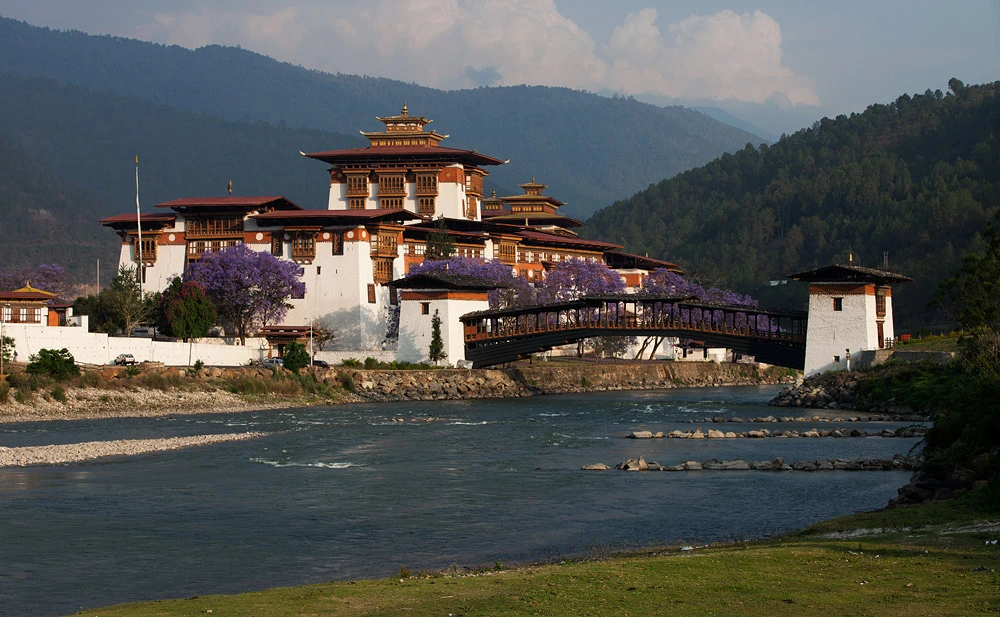
The vibrant Punakha Tshechu festival held annually here draws crowds eager to witness masked dances and traditional performances.
4. Phobjikha Valley – The Glacial Paradise
This stunning glacial valley is home to the endangered black-necked cranes that migrate here from Tibet. The Phobjikha Valley is also known for its sweeping meadows, wetlands, and the revered Gangteng Monastery.
Its peaceful ambiance makes it ideal for nature walks, bird watching, and cultural immersion.
5. Bumthang Valley – The Cultural Heartland
The Bumthang Valley, comprised of four distinct sub-valleys, is often described as the spiritual hub of Bhutan.
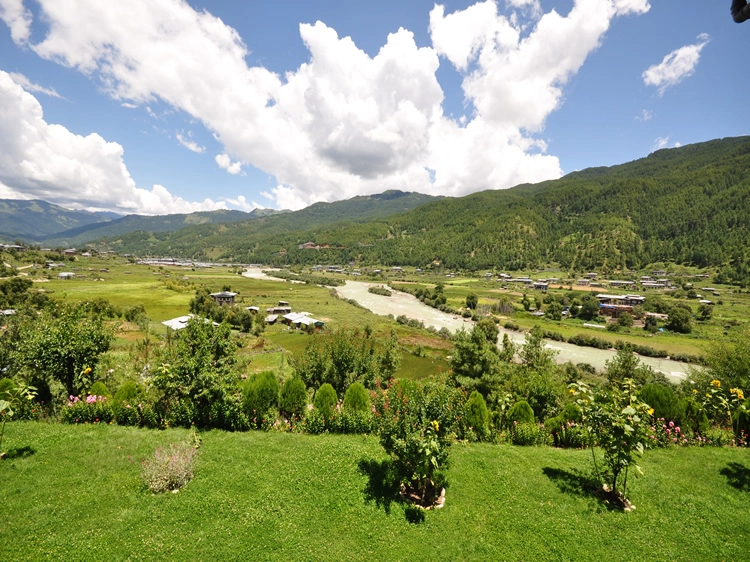
With ancient temples like Jambay Lhakhang and traditional villages that practice age-old customs, the valley is a haven for those wanting to experience the soul of Bhutan tourism through sacred festivals and timeless traditions.
6. Haa Valley – The Hidden Gem
One of Bhutan’s least explored regions, the Haa Valley is known for its untouched beauty. Surrounded by forested hills and dotted with traditional homes, it’s a paradise for eco-travelers and trekkers. Visit the mystical Lhakhang Karpo and Lhakhang Nagpo temples, and enjoy the serene simplicity of Bhutanese village life.
7. Trongsa Dzong – The Ancestral Home of Monarchs
Built in the 17th century, Trongsa Dzong is Bhutan’s largest fortress and historically served as a stronghold for the Wangchuck dynasty.
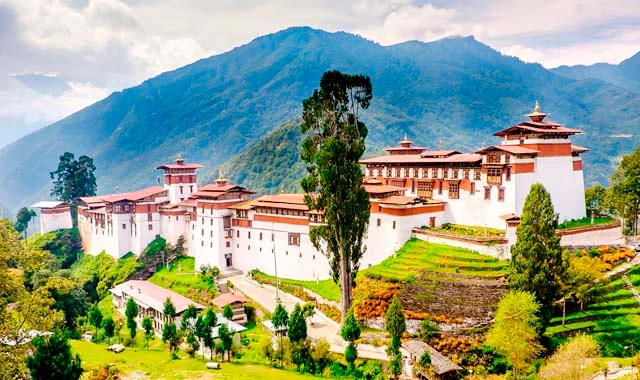
Its dramatic location on a ridge offers panoramic views and insights into the country’s monarchical roots. A stop here adds historical depth to your Bhutan tourism experience.
8. Gangtey Monastery – A Nyingma Treasure
Located in the Phobjikha Valley, the Gangtey Monastery is a significant seat of the Nyingma school of Buddhism. It plays a central role in the annual Black-Necked Crane Festival, which honors both nature and faith. The monastery’s peaceful atmosphere and cultural significance make it a must-visit destination.
9. Dochula Pass – A Panoramic Vantage Point
At 3,100 meters, the Dochula Pass offers one of the best panoramic views of the snow-capped Himalayas. The 108 chortens at the summit, known as the Druk Wangyal Chortens, were built in memory of Bhutanese soldiers. On clear days, the pass becomes a natural photo frame for the country’s highest peaks.
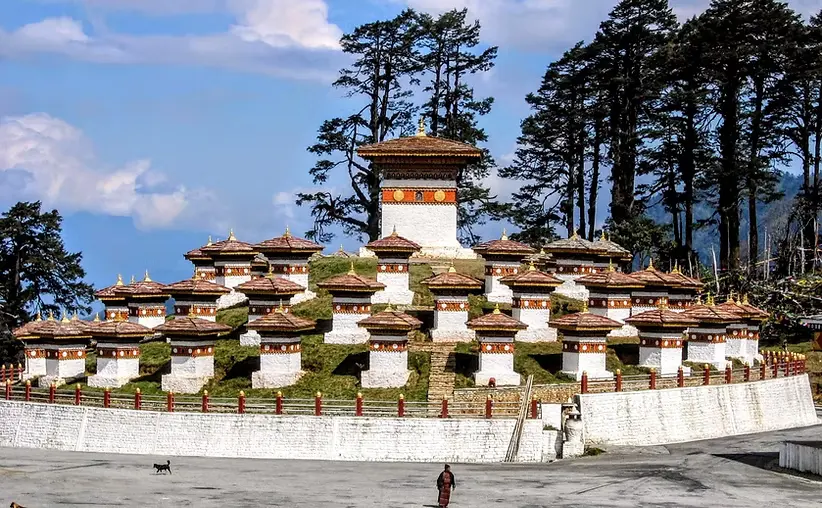
10. Tango Monastery – A Center for Buddhist Learning
Just north of Thimphu, the Tango Monastery has been a site of spiritual learning since the 13th century. Surrounded by dense forest and mountains, the hike to the monastery is short but scenic. It’s an excellent place to gain insight into Bhutan’s monastic education and the contemplative nature of Bhutanese life.
11. Sangwa Camp – Glamping in Haa Valley
Experience the outdoors in style at Sangwa Camp, a luxurious glamping site nestled in the scenic Haa Valley. Combining comfort with sustainability, this unique lodging offers immersive activities like traditional archery, cultural workshops, and yoga sessions. It’s a perfect blend of adventure and serenity under the Himalayan stars.
12. Laya – The Roof of Bhutan
Laya is Bhutan’s highest settlement and can only be reached via a multi-day trek. Home to the indigenous Layap people, this highland village offers a rare glimpse into nomadic life.
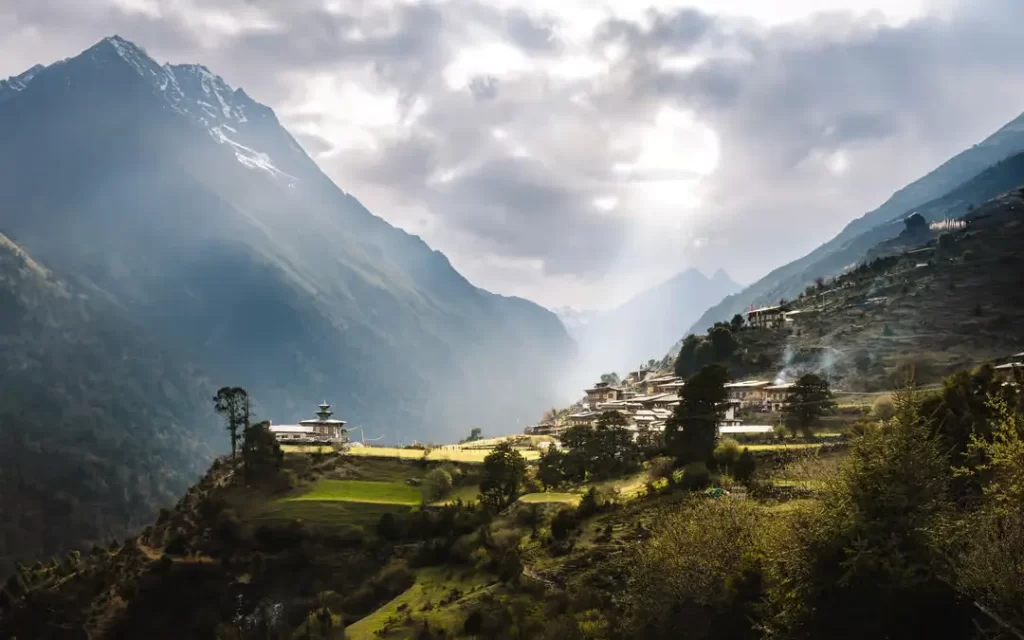
The annual Royal Highland Festival showcases traditional dances, sports, and yak exhibitions, capturing the essence of Bhutan’s remote communities.
Why Choose Bhutan in 2025?
With the world focusing more on sustainable and mindful travel, Bhutan tourism emerges as a leading example. The country’s strict visitor regulations preserve its natural beauty and cultural heritage. Whether you’re a spiritual seeker, a nature lover, or an adventurer, Bhutan provides meaningful travel in an increasingly fast-paced world.
What to Expect When Visiting Bhutan
Travelers should be prepared for a unique journey. Bhutan charges a daily Sustainable Development Fee (SDF), which supports healthcare, education, and infrastructure. In return, you get access to pristine landscapes, warm hospitality, and one of the most preserved cultures in the world. 2025 is an ideal year to visit, with upgraded infrastructure and renewed post-pandemic travel programs.
Top Travel Tips for Bhutan
- Pack layers – Bhutan’s weather changes with elevation.
- Respect local customs – Dress modestly and follow monastery protocols.
- Book with licensed tour operators – Required under Bhutan’s tourism policy.
- Get travel insurance – Especially if planning to trek in remote areas.
- Exchange currency – While credit cards are accepted in cities, cash is best in rural areas.
Conclusion
Bhutan tourism isn’t just about sightseeing—it’s a spiritual and transformative experience. From the sacred cliffs of Paro Taktsang to the peaceful trails of the Haa Valley, Bhutan offers every visitor a deeper connection with nature, culture, and self. As more travelers seek purposeful journeys, Bhutan travel in 2025 promises not just a vacation, but a meaningful exploration of a truly unique kingdom.
FAQs
What is the best time to visit Bhutan in 2025?
The best time to visit Bhutan in 2025 is from March to May or September to November, when the weather is pleasant and major festivals take place.
Do I need a visa to travel to Bhutan?
Yes, all international tourists (except from India, Bangladesh, and Maldives) require a visa and must book through a licensed Bhutanese tour operator.

An avid traveler, Kirk Grover has been to over 50 countries. He has an extensive background in tourism and hospitality management, along with a degree in Hospitality Management from the University of Nevada Las Vegas. Kirk is very knowledgeable about travel-related topics – they are always up to date on the latest deals for flights, hotels, and other adventures around the world.




